The Colossal Skypirate Was A Beast Of A Carrier Aircraft Design
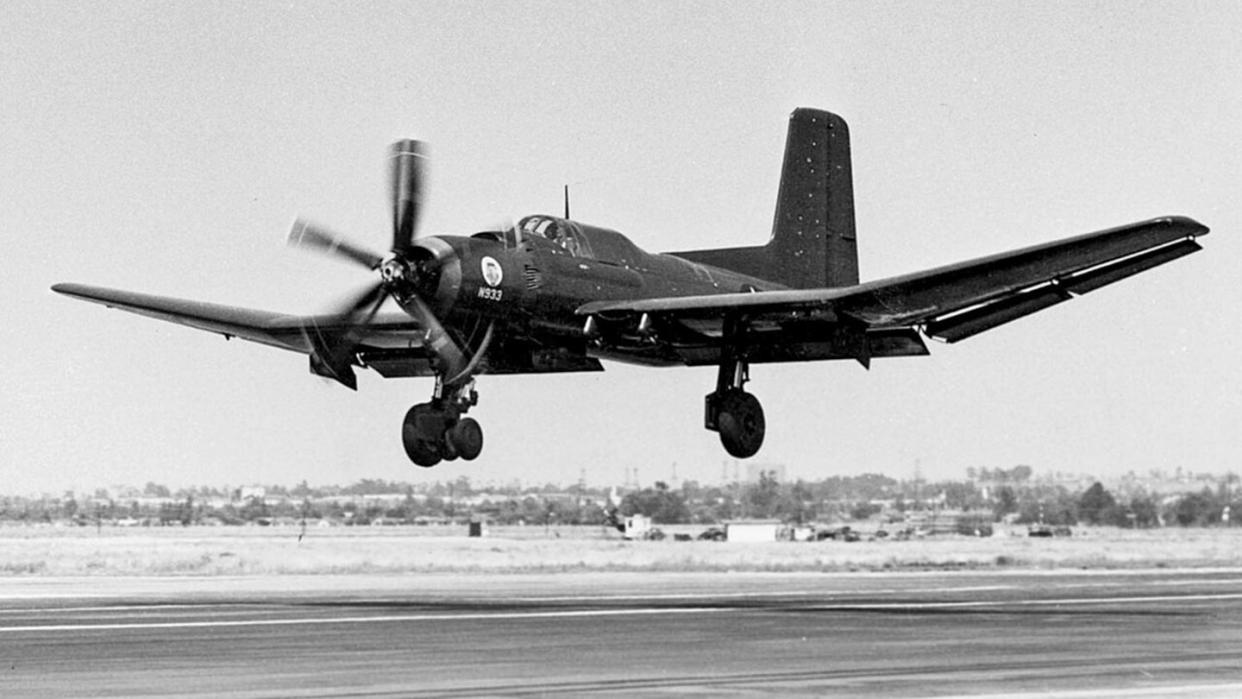
The Douglas Aircraft Company’s World War II-era XTB2D-1 Skypirate torpedo bomber was a giant of a carrier-based aircraft. Measuring 46 feet long and 22 feet high, the aircraft's wingspan was a truly impressive 70 feet. By comparison, the jet-powered A-3 Skywarrior — the heaviest airplane to ever operate regularly from an aircraft carrier — had a wingspan only slightly longer at 72 feet, 5 inches.
The Skypirate was designed to add greater torpedo and bombing options to the Navy’s air arm as the service began constructing larger carriers in the aftermath of the Battle of Midway, which took place in June 1942. While considerable interest was given by the Navy to developing a large torpedo bomber during the war, only two prototypes of the Skypirate were ever completed. By the time it first flew in May 1945, the aircraft was effectively obsolete.
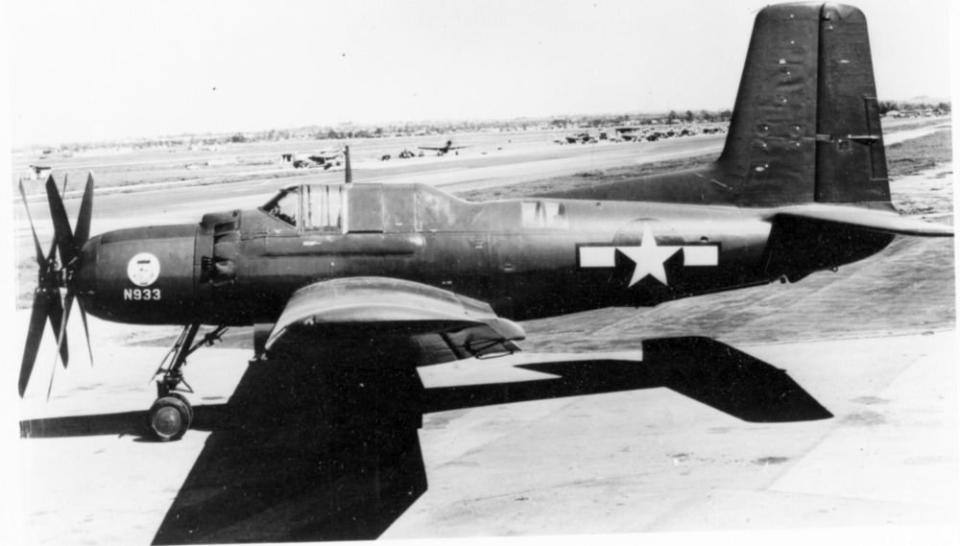
In order to understand the circumstances surrounding the Skypirate’s misfortune, we first need to look at the makeup of the Navy's pre-1942 torpedo bomber fleet.
Well before the development of the Skypirate, the Navy's Bureau of Aeronautics (BuAer) began exploring options to replace its Douglas TBD Devastator torpedo bombers, which had been in service since 1937. In 1939, a competition for such an aircraft was held — Grumman’s XTBF-1 Avenger and Chance Vought’s XTBU-1 Sea Wolf (which was eventually produced by Consolidated Aircraft) were the main contenders.
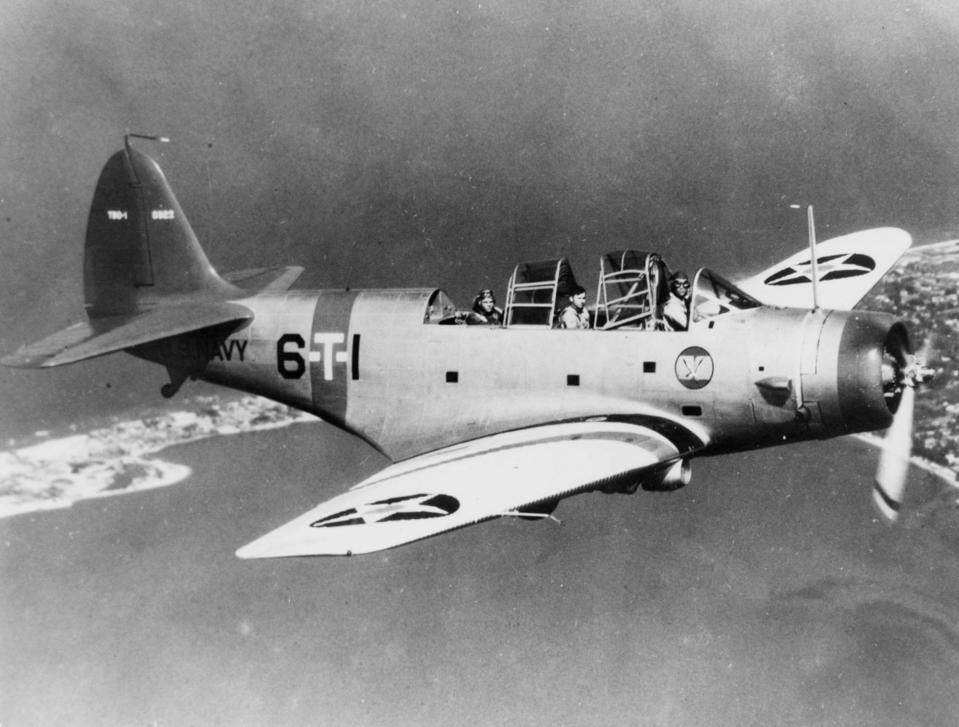
Grumman signed a contract to produce the XTBF-1 Avenger prototype in April 1940. In December 1940, the service placed an order for 286 TBF Avengers. The first flight of the XTBF-1 prototype subsequently took place on August 1, 1941. By December of that year, a second prototype had been accepted, and in January 1942 the first production TBF-1 joined the fleet. During the first six months of 1942, 145 TBFs were delivered to the Navy.

In terms of dimensions and performance, the Avenger measured a little over 40 feet long and around 16 feet high. The aircraft boasted an empty weight of 10,545 pounds and a maximum weight of 17,895 pounds. Thanks to its 1,900-horsepower Wright R-2600-20 engine, it had a maximum speed of 275 miles per hour at 16,500 feet and a cruise speed of 147 miles per hour. The maximum range was around 1,000 miles. Moreover, the crew of three — pilot, gunner, and radio operator/bombardier — were offered protection by two .50-caliber forward-firing machine guns, one .50-caliber dorsal gun, and one .30-caliber ventral gun. Avengers were capable of carrying a single 2,000-pound bomb or torpedo, or four 500-pound bombs.
Although the Avenger went on to become the Navy's standard torpedo bomber throughout the remainder of the war, its introduction to combat during the Battle of Midway proved scathing. Five of the six TBF-1s assigned to Torpedo Squadron (VT) 8, operating from land, were shot down by the Japanese. The lone survivor was heavily damaged. The Navy's TBD Devastators also performed poorly during the battle. From a total of 41 Devastators, no successful torpedo hits were recorded, while a total of only six aircraft returned to their carriers. The Navy began retiring its fleet of Devastators in the aftermath of the battle, with the type being completely retired from service by 1944.
Of course, BuAer had already opened a competition for another dive bomber prior to this, in 1941. Douglas engineers and designers, led by Edward Heinemann, eventually won that contract with their XBT2D-1 prototype — tentatively named Dauntless II — which would subsequently be ordered into production post-war as the Douglas AD-1 Skyraider.
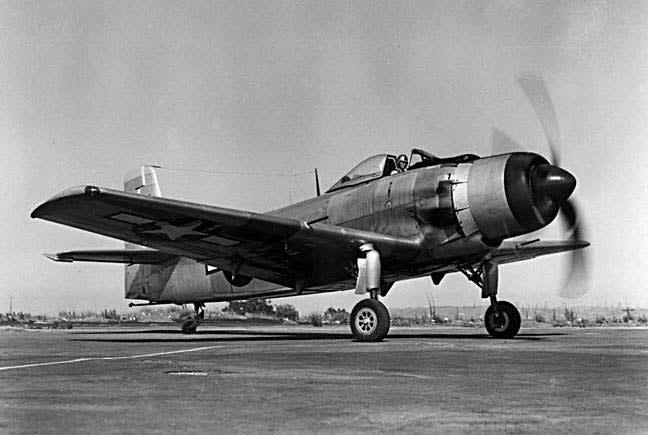
However, the Battle of Midway underscored the need for a torpedo bomber with even greater weapons load and range. At the same time, the Navy also began to expand the size of its aircraft carrier fleet — both numerically and in terms of the physical size of the vessels. Production of the large Essex class carriers had already begun by this stage, and, on August 1, 1942, the Navy ordered production of the first Midway class carrier, USS Midway (CV-41). Until the mid-1950s, Midway was the largest vessel in the world. It was anticipated that a large new torpedo bomber, even bigger than the winning entry for the 1941 torpedo bomber competition, would also operate from those carriers.
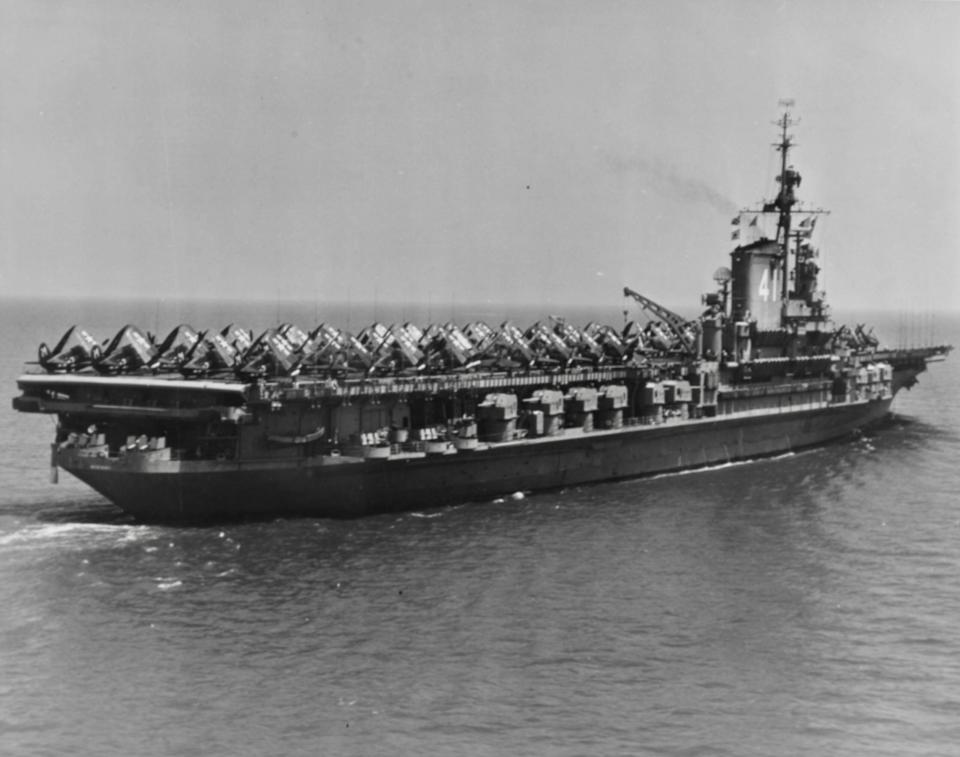
Douglas was officially given the go-ahead by the Navy to begin designing such an aircraft in November 1942. From the start, as William Norton notes in his book, Experimental & Prototype Aircraft Projects: Fighters, 1939-1945, Heinemann, the Douglas lead designer, and Bob Donovan, the chief engineer, leaned towards a single-engine aircraft. The original concept featured a bomb bay as well as a defensive tail gun.
In its final concept, the XTB2D-1 was indeed colossal. It featured an aforementioned wingspan of around 70 feet — with a total wing area of 605 square feet. Its huge slab-sided tail was a full six feet taller than the Avenger's. This was substantially more than the Avenger's 54 foot span. The aircraft boasted an empty weight of 18,405 pounds and a maximum weight of 34,760 pounds. In terms of performance, the XTB2D-1 had a maximum speed of 340 miles per hour, reduced to 312 miles per hour when carrying torpedos. Its cruise speed was 168 miles per hour. The service ceiling for the aircraft was 24,500 feet, while its maximum range was 2,880 miles — 1,250 miles with torpedoes.
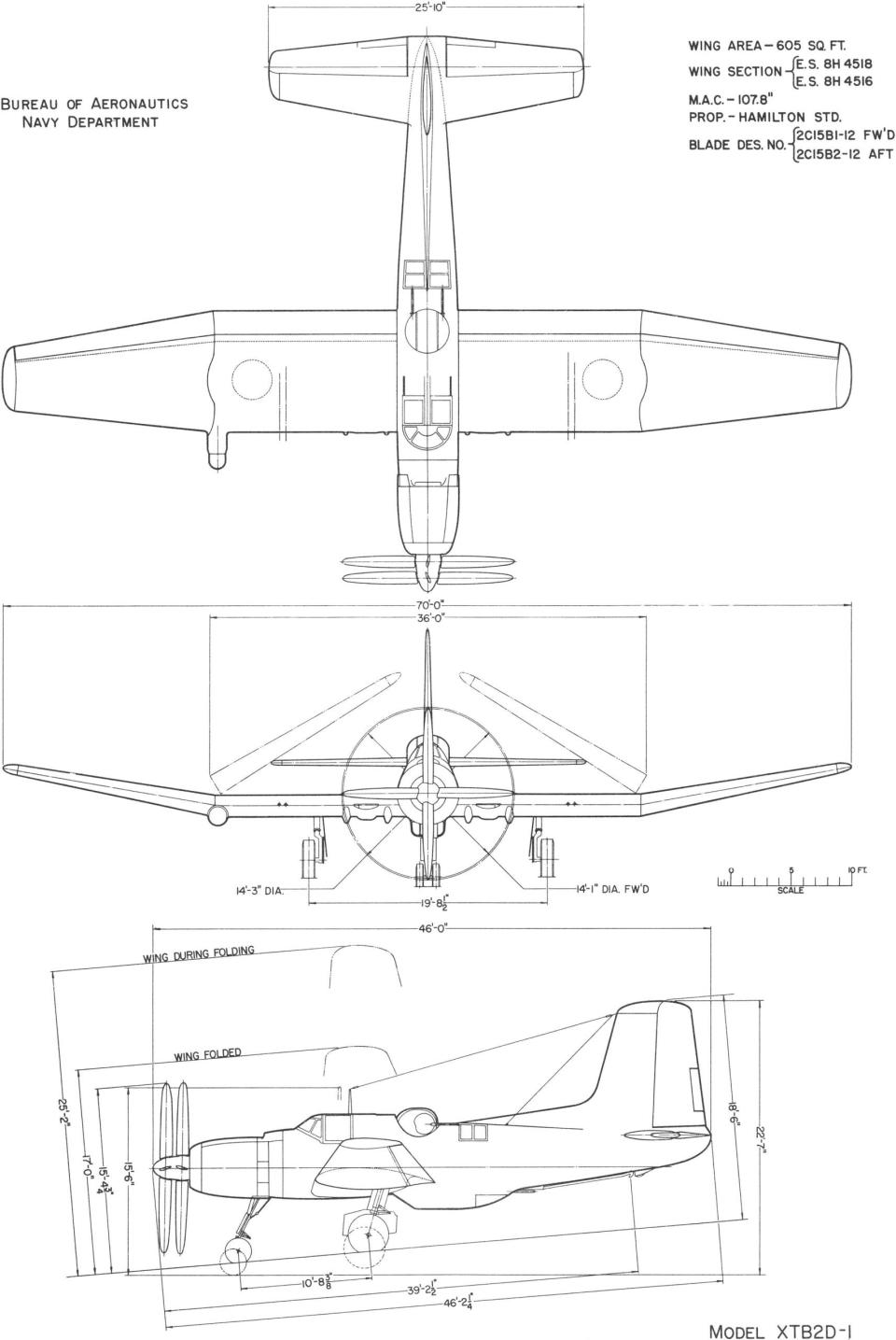
The XTB2D-1’s extremely powerful engine — Pratt & Whitney’s 3,000-horsepower Wasp Major XR-4360-8 with supercharger — required an eight-blade, 14.3-foot-diameter Hamilton Standard contra-rotating propeller system. The aircraft was designed to carry two torpedoes off a Midway deck or four from ashore. The bomb bay featured in the original design was eliminated, with torpedoes/bombs carried externally via low-mounted wings. As part of the final concept, four .50-caliber machine guns in the wings were supported by a pair of .50-caliber machine guns in an upper powered turret. Another .50-caliber would be remotely fired from a fairing below the fuselage. A total of 527 pounds of armor plating protected the crew.
As Norton highlights, the aircraft also introduced a number of innovations. For one, the Navy specified a unique exhaust system for the engine, in which exhaust ports from cylinders in alternating rows were combined to reduce the effects of backpressure. Backpressure is defined as the "exhaust gas pressure that is produced by the engine to overcome the hydraulic resistance of the exhaust system in order to discharge the gases into the atmosphere."
Moreover, the wings featured slotted flaps, with the center segments serving as dive flaps and the outboard segments also acting as ailerons. The slotted flaps could be drooped slightly, Norton notes, and would relieve stress at high speeds or when turning.
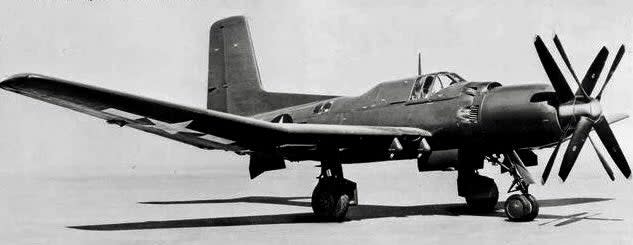
The aircraft had a tricycle landing gear, which was very uncommon for carrier-based aircraft of the era. Better visibility forward and easier weapons loading were just some of the benefits of this configuration, but front gear had to be very stout to handle the potential landing loads. An autopilot and a deicing system were also to equip the Skypirate, which were cutting-edge for their day.
In March 1943, 23 pre-production aircraft (BuNos. 89097/119) were ordered by the Navy. However, progress soon slowed on the project, in line with delays to the construction of Midway. When construction on the vessel recommenced in October 1943, efforts to continue with the large torpedo bomber picked up again. On October 31, the Navy ordered two XTB2D-1 Skypirate prototypes (BuNos. 36933/4) as well as a static article.
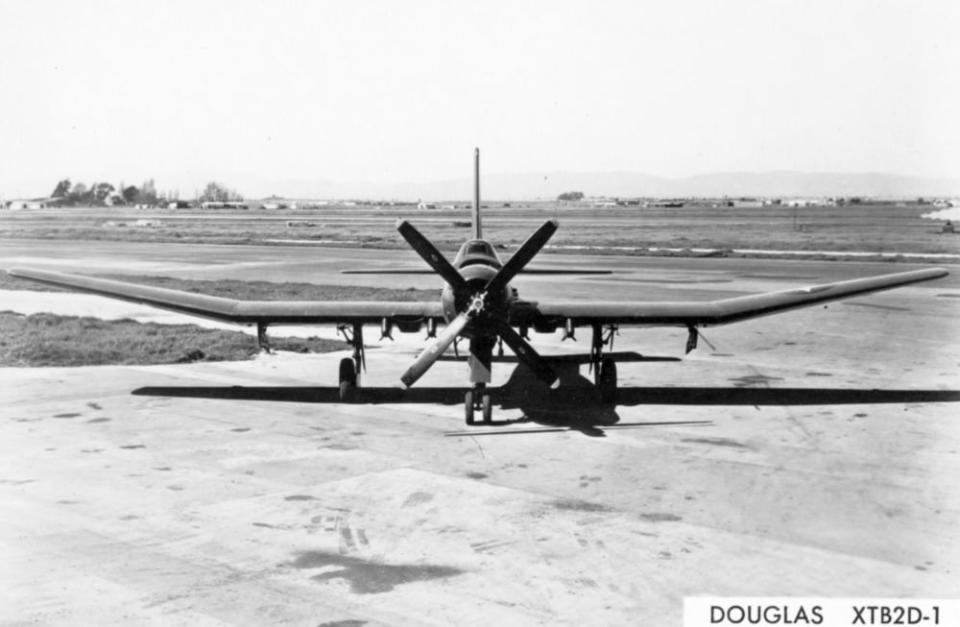
The first XTB2D-1 prototype was rolled out on February 18, 1945, at El Segundo, California — the planned dorsal turret and ventral gun position were never fitted. That aircraft subsequently flew on May 8, 1945. Flight testing was delayed by various problems. A flight test in June 1945, for example, saw the inboard flap segments depart the aircraft — the pilot was successfully able to land the plane, however. In August, propeller issues caused all flight tests to be suspended until well after the war. Although work did resume in 1947, albeit at a slow pace, the program was closed out, with the order for 23 pre-production aircraft canceled.
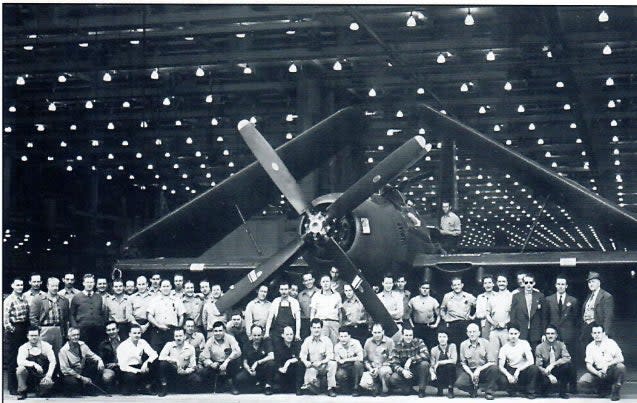
Only two XTB2D-1 prototypes were ever built and were eventually reduced to scrap in 1948, but the cancellation of the Navy’s Skypirate program was not because of the teething problems experienced during testing. After VJ-Day, the service’s requirements had simply moved on. While some consideration was given to turning the aircraft to anti-submarine warfare and electronic warfare missions, this never materialized. By the war’s end, the service simply had too many aviation programs to sustain going into the post-war period. The age of the jet and turboprop engine was also dawning.
If nothing else, the short-lived XTB2D-1 Skypirate program demonstrated a number of innovative design features in a truly colossal carrier-based airframe to boot.
Contact the author: oliver@thewarzone.com

